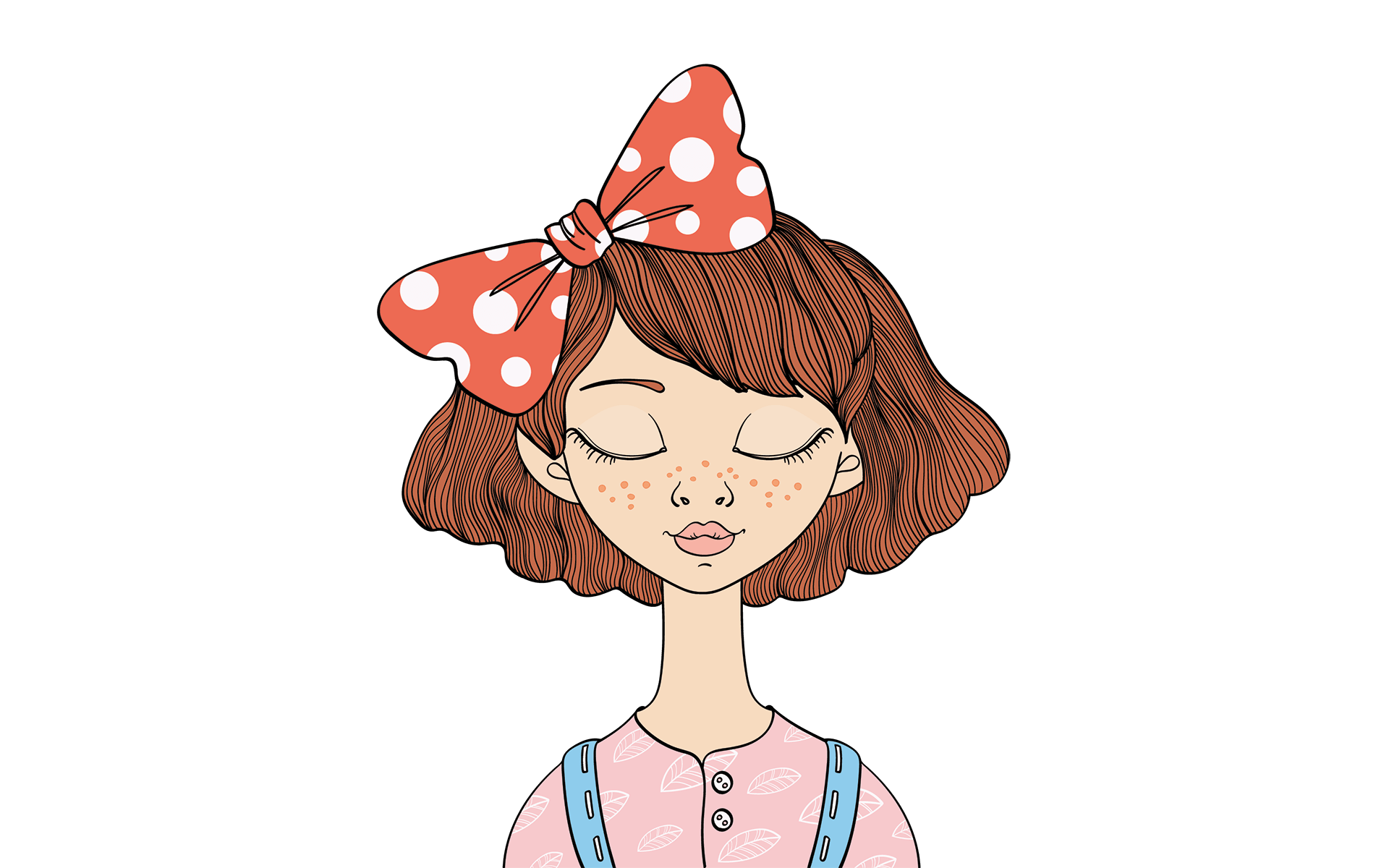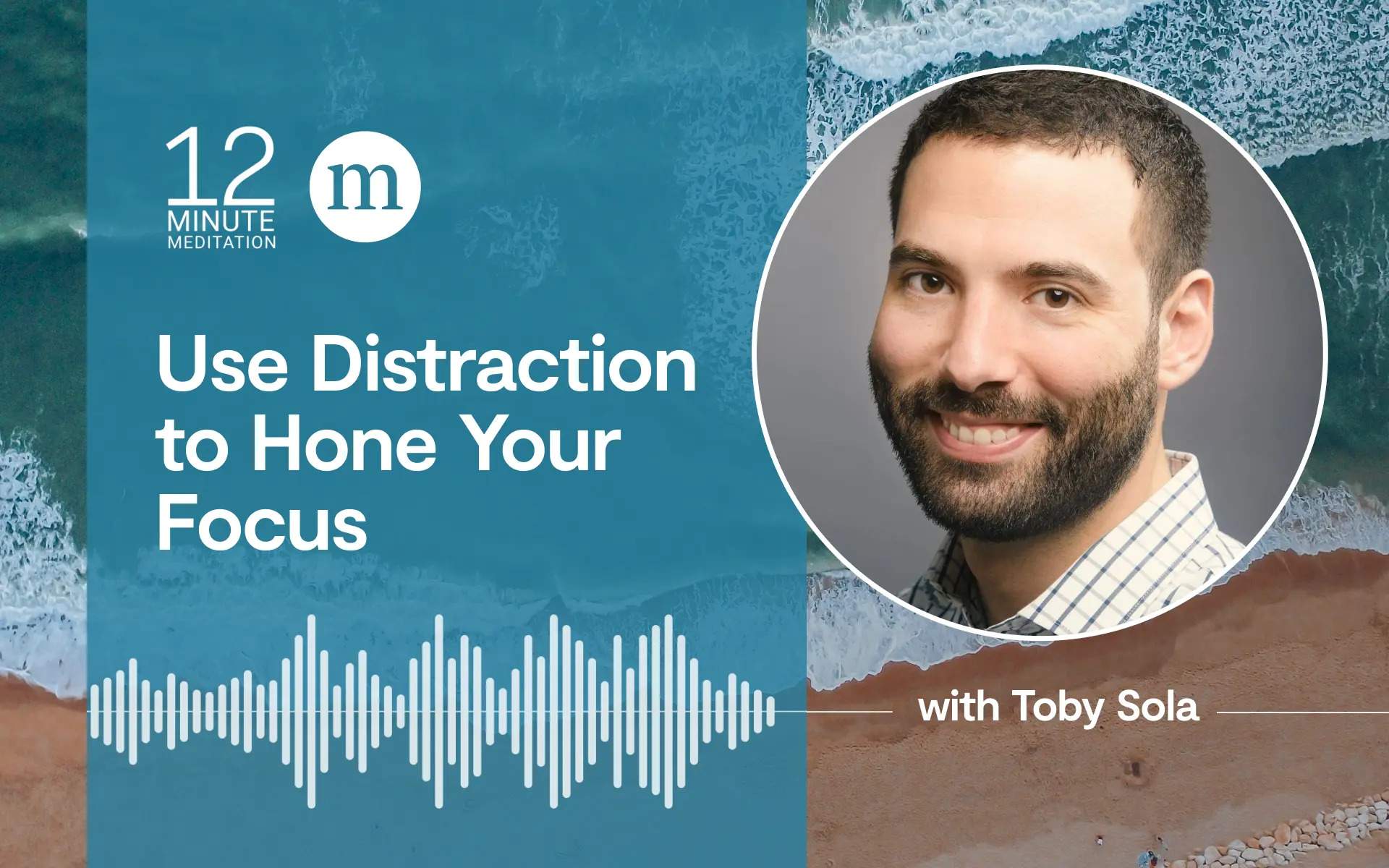As the new school year begins, we might want to take a moment to consider how we can harness the excitement around mindfulness in schools for our own classrooms. Kids are more anxious and stressed than ever, consumed with fears about the future — be it dealing with social anxiety, college pressure, or even school shootings. There is far less enjoyment of the learning process, which means both less happiness, and less learning. How can mindfulness restore a sense of reward to this vital part of development?
It took me years of mindfulness practice to truly understand the promise of present moment and why it is a helpful place to hang out. As an anxious teenager, I can vividly recall how, in the face of a looming exam, my mind would sometimes spiral into self-defeat. A typical thought stream might look something like: “I’m going to fail this test, then fail out of school, never get into college, probably die homeless and alone under a bridge, and no one will come to my funeral…” But when I practiced mindfulness and staying in the moment, I realized that I could still prepare for the future, like just studying for the darn test, without getting caught up in story of how badly it could go. The future is where anxiety usually resides, for both adults and kids. Think about it: Most of the horror stories we tell ourselves are about events that haven’t even — and probably will never — happen! Mark Twain even once said “I’ve experienced many terrible things in my life… only a few of which actually ever happened.” Other kids might find themselves stuck in the past, reliving traumas or ruminating over social drama from the past weekend’s party.
Once we’ve identified these sensations as sensations, emotions as emotions, thoughts and actions as just those, we can empower ourselves and our kids to get some perspective and make a different choice.
Our thoughts are often racing off to the past and future, overwhelming us with emotions, or distracting us. But we can teach ourselves and our kids to check in to the present moment by getting in touch with our senses and emotions, thoughts and the actions that we want to take, and then learn how to manage that anxiety more effectively. I call it taking a mindful SEAT. Begin by sitting up, and taking a few calming breaths, then check in with yourself.
S is for Senses and Sensations
Start by checking in with your body. What information are you getting through your five senses, and what information are any sensations in your body giving you right now?
E is for Emotions
What emotions are present in this very moment?
A is for Actions
What do you feel like doing in this moment? Any urges or impulses to action?
T is for Thoughts
What thoughts are present in this moment?
Encourage kids to take a Mindful SEAT during transition times, or at potentially anxiety triggering moments in the day and in their lives.
Try this together with your child, or invite them to write down a few words or even pictures to describe what’s happening in each part of the mindful SEAT. Just putting it on paper or sharing out loud, we start to get some perspective. Encourage kids to take a Mindful SEAT during transition times, or at potentially anxiety triggering moments in the day and in their lives. It can be as simple as:
Sense/Sensation: I can see the teacher is announcing a pop quiz, everyone is groaning. I feel my heart pounding.
Emotion: I’m scared!
Action: I want to to scream and run out of the room.
Thought: There must be something wrong, I’m going to fail the test!
Once we’ve identified these sensations as sensations, emotions as emotions, thoughts and actions as just those, we can empower ourselves and our kids to get some perspective and make a different choice, like a simple regulated mindful breathing practice, or a simple sensory awareness like feeling the sensations of our feet on the floor, or using another skill to relax and regulate our minds and bodies back together for learning.







